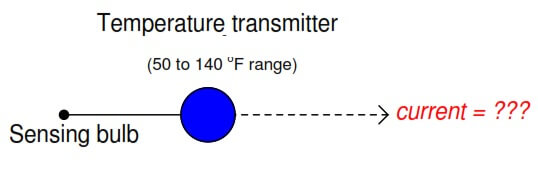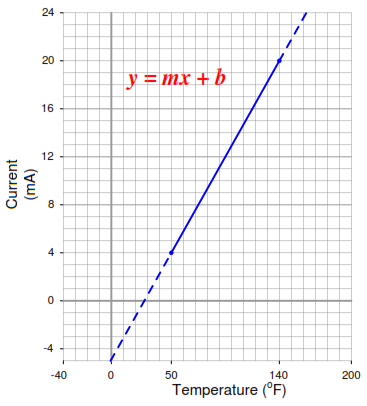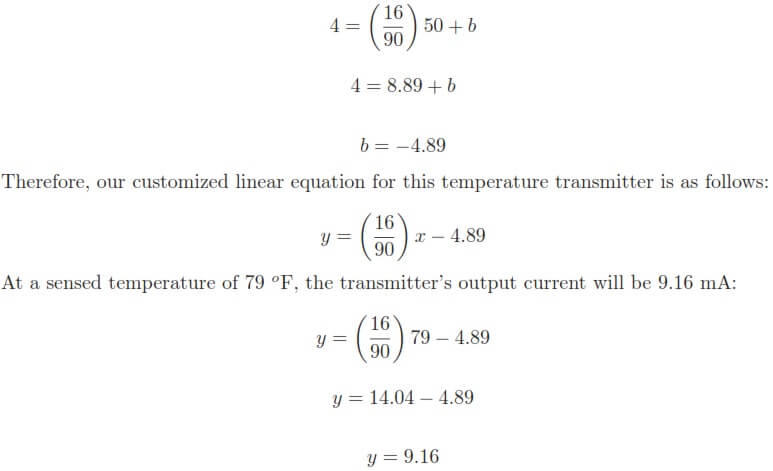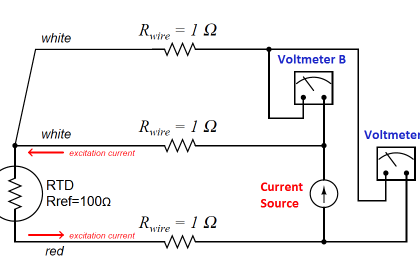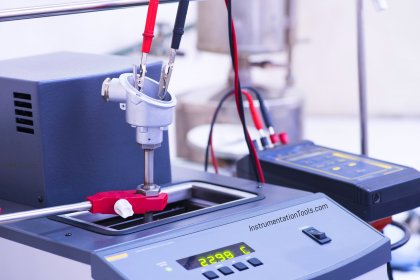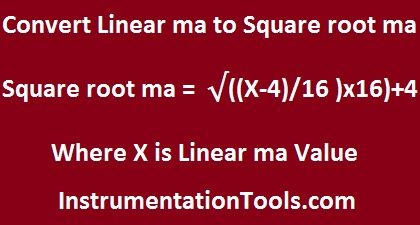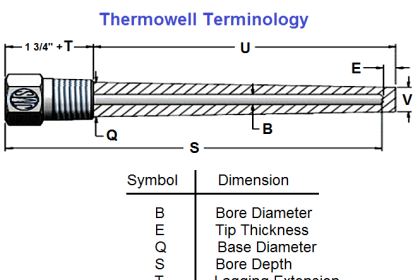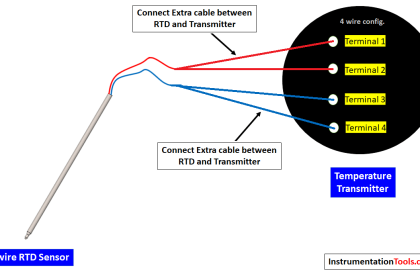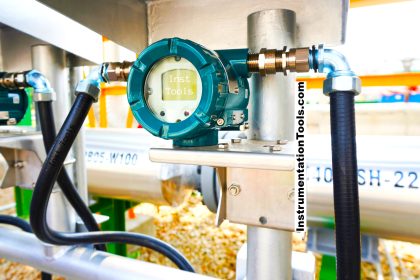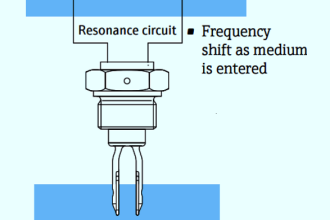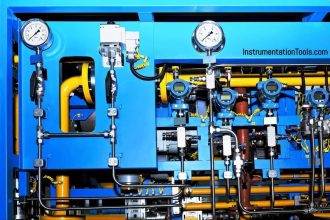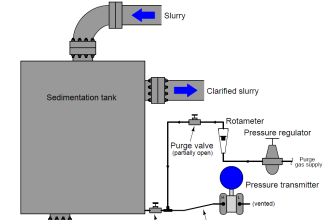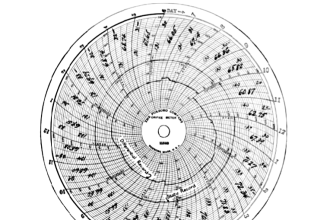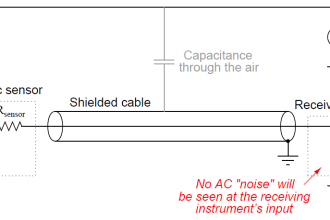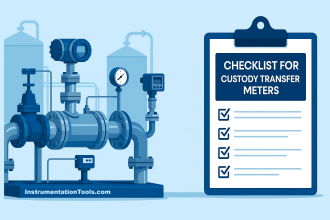An electronic temperature transmitter is ranged 50 to 140 degrees Fahrenheit and has a 4-20 mA output signal. Calculate the current output by this transmitter if the measured temperature is 79 degrees Fahrenheit.
We are solving this problem using standard 4-20mA conversion Formula. Click here for formula
First, we will set up a linear equation describing this temperature transmitter’s function:
Calculating and substituting the slope (m) value for this equation, using the full rise-over-run of the linear function:
The y-intercept value will be different for this example than it was for previous examples, since the measurement range is not zero-based. However, the procedure for finding this value is the same– plug any corresponding x and y values into the equation and solve for b. In this case, I will use the values of 4 mA for y and 50 o F for x:
We may apply the same alternative method of solution to this problem as we did for the flowmeter example: first converting the process variable into a simple “per unit” ratio or percentage of measurement range, then using that percentage to calculate current in milliamps.
The “tricky” aspect of this example is the fact the temperature measurement range does not begin at zero.
Converting 79 deg F into a percentage of a 50-140 deg F range requires that we first subtract the live-zero value, then divide by the span:
Again, we arrive at the exact same figure for transmitter output current: 9.16 milliamps at a measured temperature of 79 o F.
The choice to calculate transmitter current by first setting up a “customized” linear equation for the transmitter in question or by converting the measured value into a percentage and using a “standard” linear equation for current is arbitrary.
Either method will produce accurate results, although it could be argued that the “customized equation” approach may save time if many different current values must be calculated.
We can also solve the problem using direct formula. Click here for formula
Articles You May Like :
Fieldbus Transmitter Calibration
Relationship of Temperature Scales
Formula – 4-20ma from percentage
